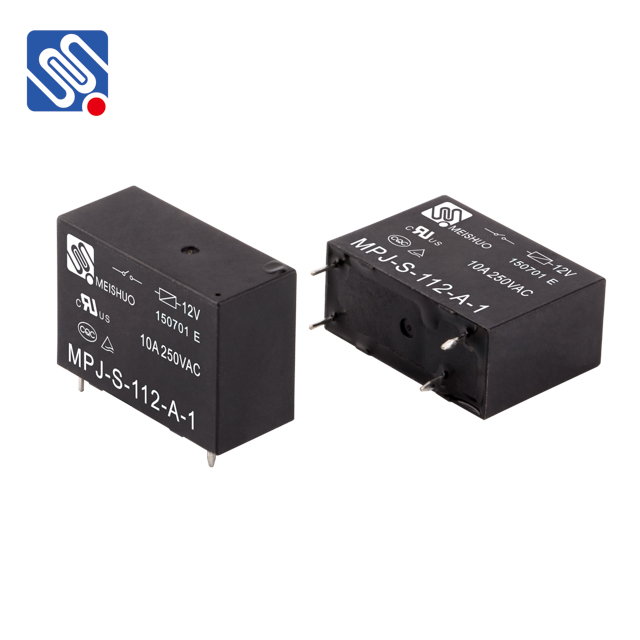A relay power supply is an essential component in electrical engineering and automation systems. By using a relay, it allows for the control of high-power electrical devices using low-power control signals. This article delves into the function, key features, and practical applications of relay power supplies, providing a comprehensive understanding of their role in various industries.

What is a Relay Power Supply? A relay power supply integrates a relay, an electromagnetic switch, into a power system. The relay itself consists of a coil, which, when energized by a control signal, generates a magnetic field. This magnetic field activates the relay’s switching mechanism, allowing it to either close or open a circuit. The relay essentially acts as a bridge between low-power control signals and high-power applications, enabling the control of high-voltage devices without the need for direct manual intervention or complex circuitry. Relay power supplies are typically designed to operate with low voltage inputs (such as 12V or 24V DC), controlling the flow of high voltage and current to power equipment like motors, lights, and industrial machines. This functionality makes them highly valuable in situations where direct control of high-power equipment is impractical or unsafe.